YOU may think they’re a little cheeky and a little cute, but households in Monmouthshire have been warned by the threat posed by Canadian grey squirrels.
The same squirrels that once made the front page of the South London Press over widespread fears the little furry critters were becoming addicted to crack cocaine.
Nature lovers in Brixton at the time believed the beady eye and bushy-tailed little rodents were breaking into the secret stashes that drug addicts had squirrelled away.
It’s doubtful the Canadian greys threatening Monmouthshire are crazed out of their minds on crack, but nevertheless, they present a very real and significant danger. At least according to British Red Squirrel.org.
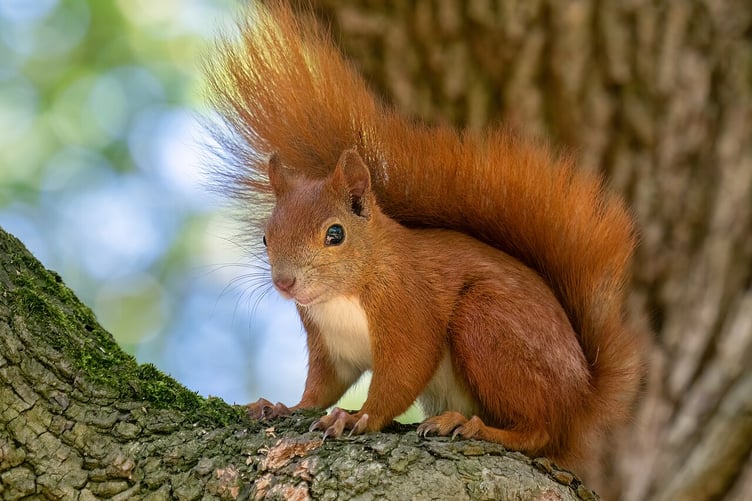
Depending on your age and IQ, you might be mistaken in thinking that red squirrels are just a fictional construct of fairytales and Walt Disney films. Yet these charming little fellas could once be spotted all over their native Britain. That is until the greys from North America rocked up in the late 19th century and things went south for the little reds.
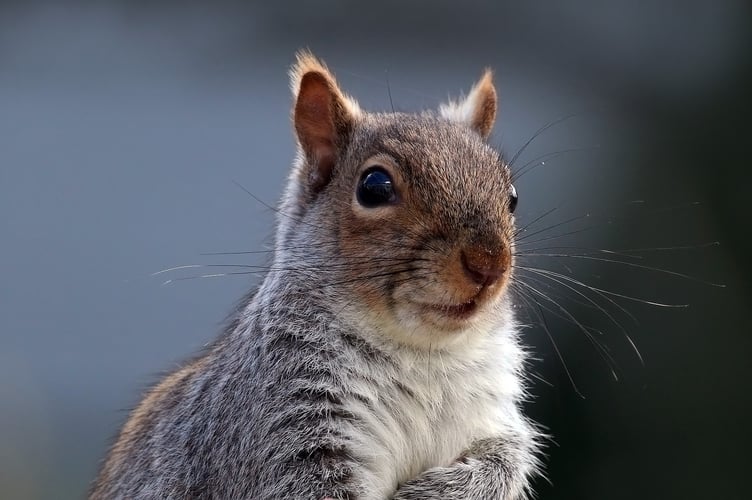
Not only did the greys decimate food supplies such as green acorns, but they carried the parapox virus, which although harmless to them, often kills red squirrels.
All the stress of trying to survive also entailed that the red squirrels didn’t have time to breed which only amplified the problem.
Yet the greys shouldn’t shoulder all the blame. Loss of woodland habitat has also played a significant role in the demise of the red squirrels.
However, according to British Red Squirrel.org, the grey squirrels are also responsible for destroying a lot of vulnerable woodland.
Sycamore, beech, oak, and sweet chestnut are all apparently at risk. As well as gobbling wild bird eggs and their chicks, the grey squirrels are also said to be capable of causing untold damage in our gardens and homes.
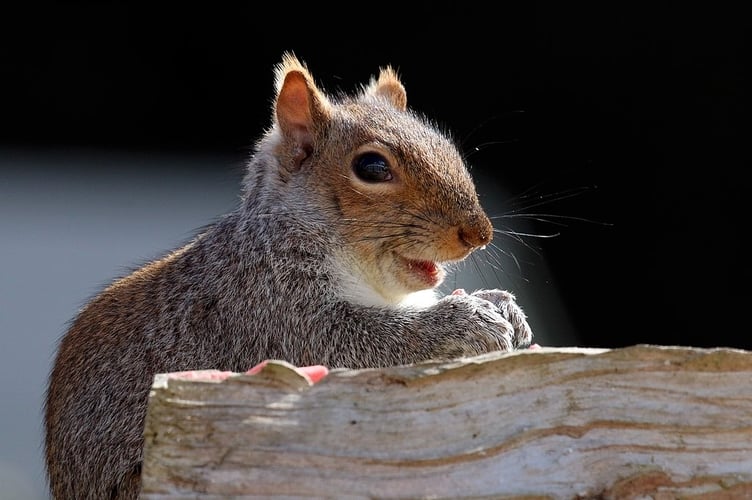
A spokesperson for British Red Squirrel.org told the Express, that as well as driving the native red squirrel to localised extinctions, “Grey squirrels eat song-bird chicks and eggs. They can damage maize and fruit crops. They are a threat to orchards and market gardens. They destroy bulbs and corns, eat tree nuts, recently sown seeds, and enter into roof voids, damaging thatched and shingled roofs, telephone wires, and electricity cables.”
Strewth! It’s certainly a bad time to hail from Canada, particularly if you’re a squirrel.
As well as sprinkling chilli powder in your garden to deter the greys, Monmouthshire residents can also consult a map to see if they live in an area with a red squirrel reintroduction group or where there is an Orwellian-sounding ‘Community Grey Control Group.’ Click here for more details.
And one last thing!
If you spot a white squirrel in the garden like the one above, you’re in luck.
It’s not grey or red, but an albino and was spotted by a Gilwern resident about a decade ago.
As any amateur wildlife enthusiast worth their salt knows, capturing the incredibly rare albino squirrel on camera is the photographic equivalent of capturing lightning in a bottle. It’s probably why the albino squirrel also goes by the nickname of “White Lighting.”
Because of its striking, unusual, and distinctive colouring, the albino squirrel has to be fleet of foot, sharp of instinct, and wary of being seen if it wants to survive for any time in the natural kingdom.
Squirrels have about a one in 100,000 chance of being born an albino, and their white skin, red eyes, and complete lack of camouflage make them an easy target for predators.
Estimates suggest that there could be fewer than 100 albino squirrels in Britain’s countryside at any one time, so to spot one and also capture it on camera is a double whammy!
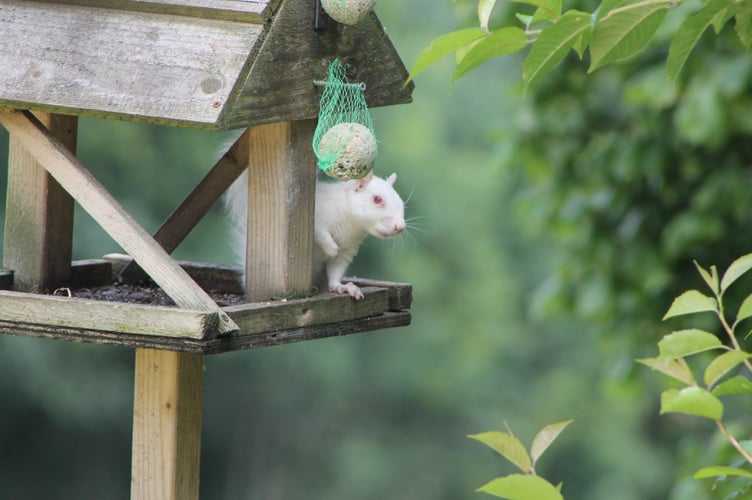
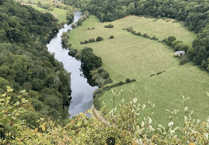



Comments
This article has no comments yet. Be the first to leave a comment.